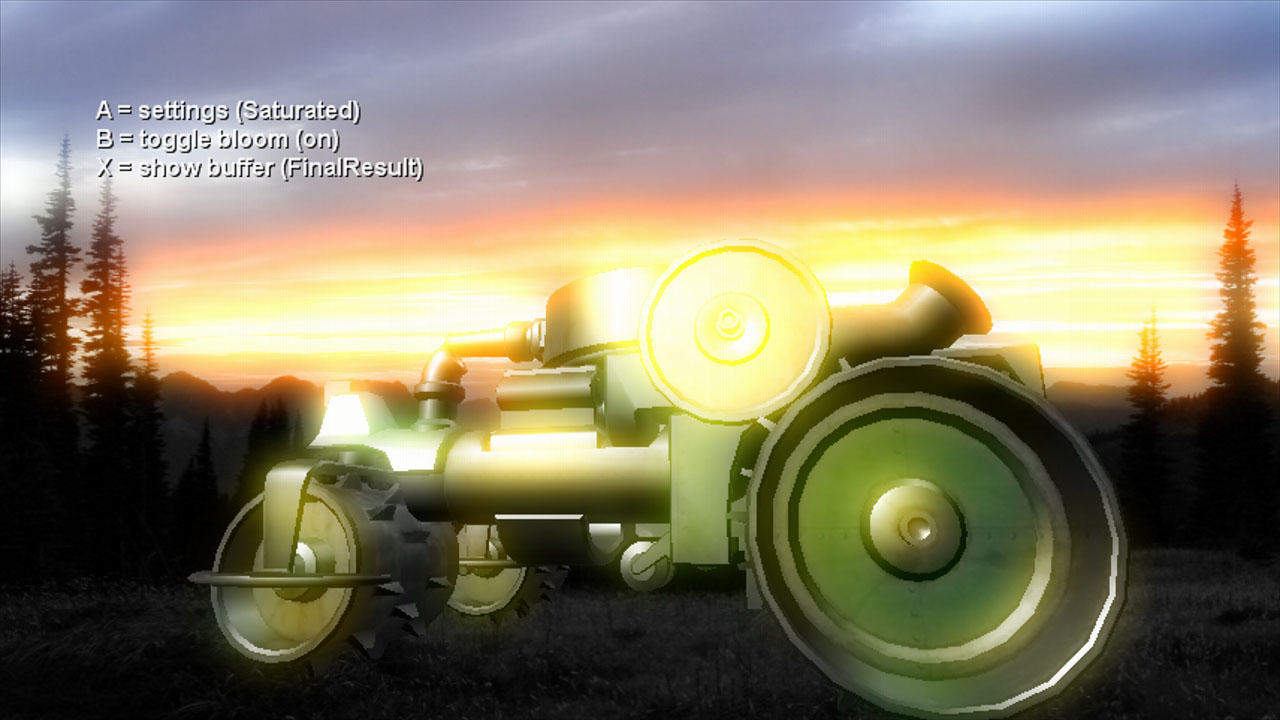I have googled this to death, and I still don't quite understand it.
I'm trying to create a glow effect in XNA using HLSL. A long time ago I was able to do it the way most people suggest which is by sampling the pixels from a texture, however I've always been curious about how you can make it more advanced so that you could do things like set the glow distance and stuff. If I recall from back when I was creating something like this in a similar project, there was always a limit as to how much I could sample before the computer couldn't handle it, hence limiting the glow distance. I wanted to know if there was a more sophisticated way of doing it, one that would have no glow distance limit? And I'm not referring to lighting ground textures either, the idea I have in my head is to have a set of vertices that all join together to create a LineList (for this example lets say they create a cube), so you have very thin lines creating a shape, and then you can set a glow on this object that has no limit to its distance, kinda like how Photoshop works I guess.
Thanks

